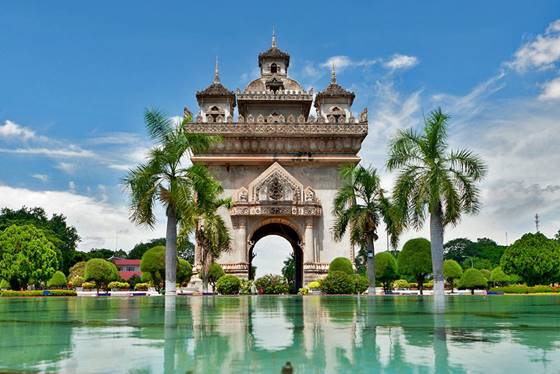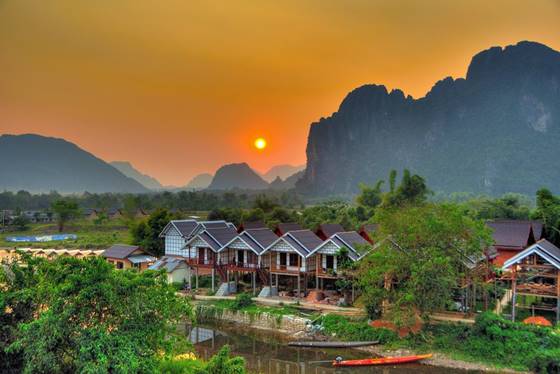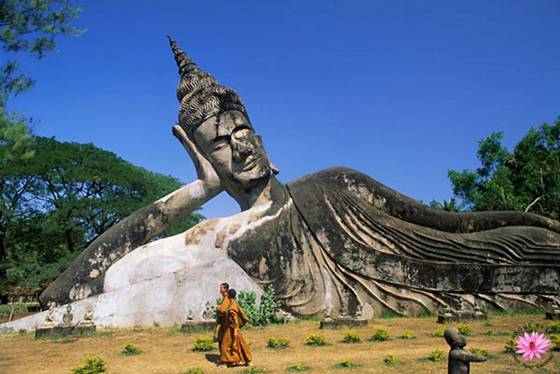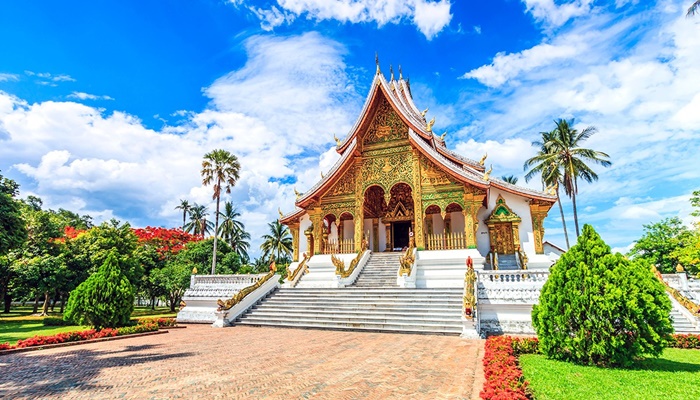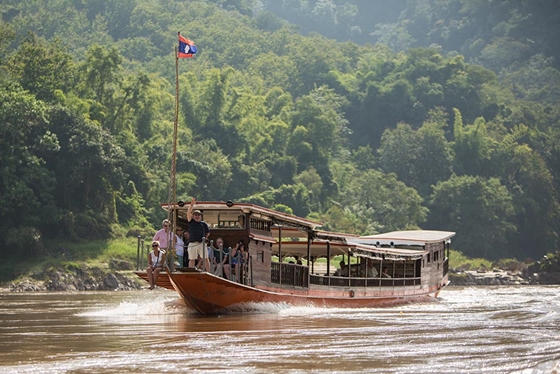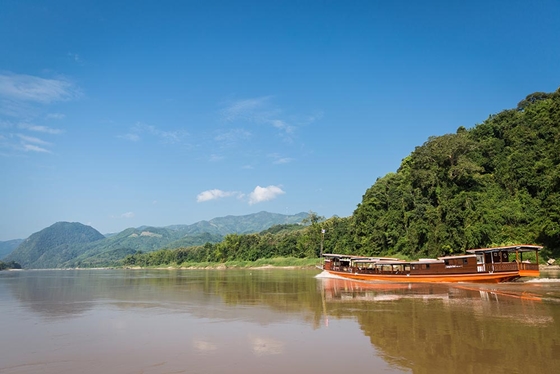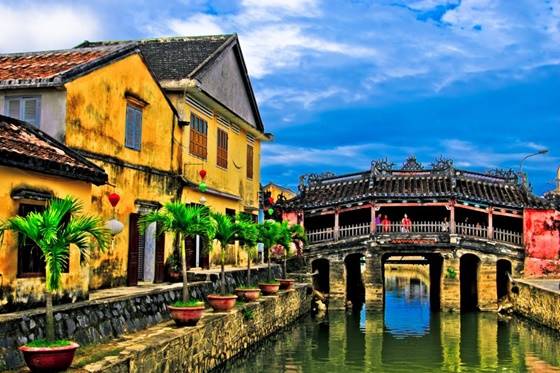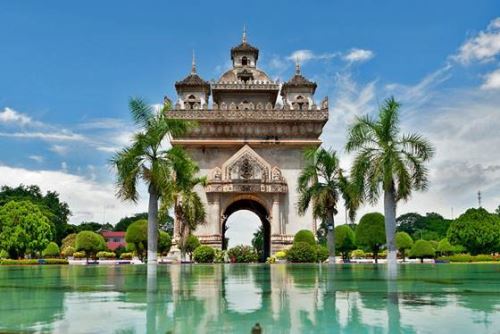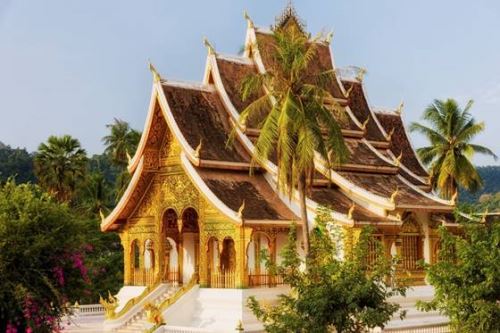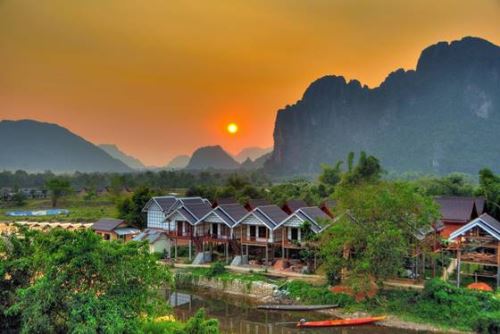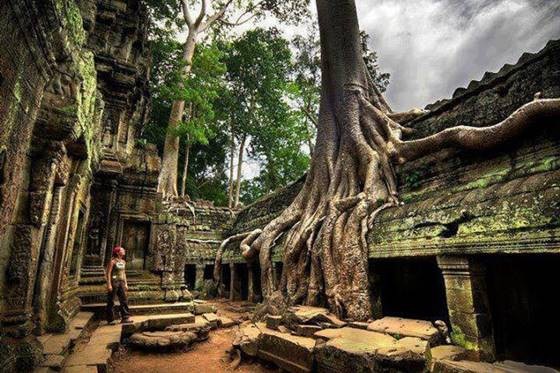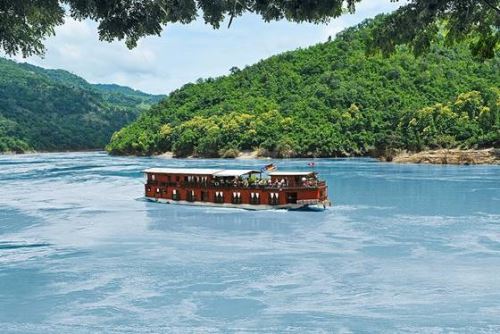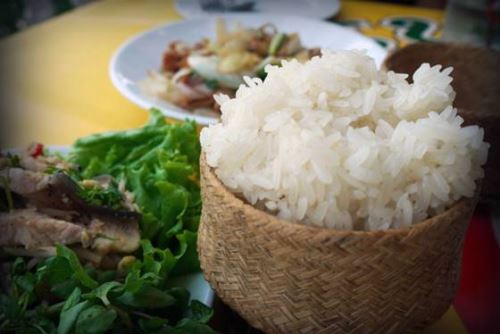Luang Prabang, designated a UNESCO World Heritage Site in 1995, sits at 700 metres above sea level at the confluence of the Nam Khan and Mekong Rivers. Being Laos' premier tourist destination and arguably Southeast Asia's most beautiful heritage town, Luang Prabang's entire historical section is dedicated to tourism, with everything from former royal palaces to over 33 Vats (temples), quaint shop-houses and sidewalk cafés. This former Royal capital still remains the main centre for Buddhist learning in Laos and is the perfect location for spiritual contemplation.
Cascading waterfalls, scaling peaks and the milky-brown waters of the Mekong River provide ample opportunity to explore Luang Prabang. This small and peaceful town is one of the few places where you can allow yourself to wind down completely and just go with the flow



